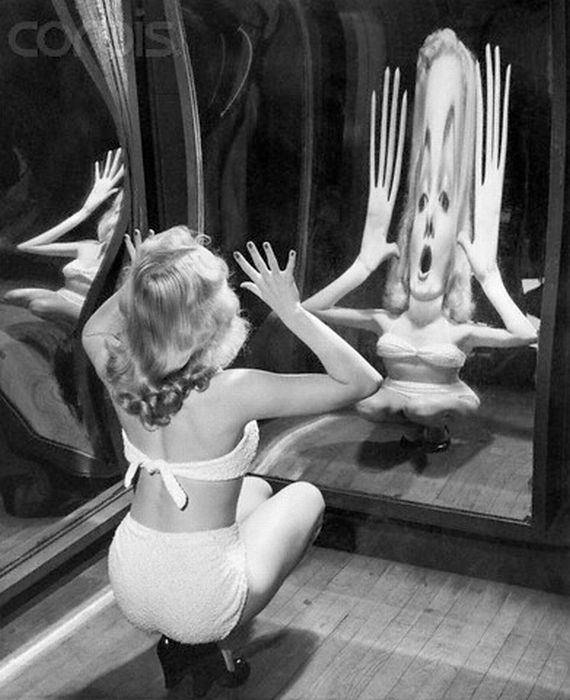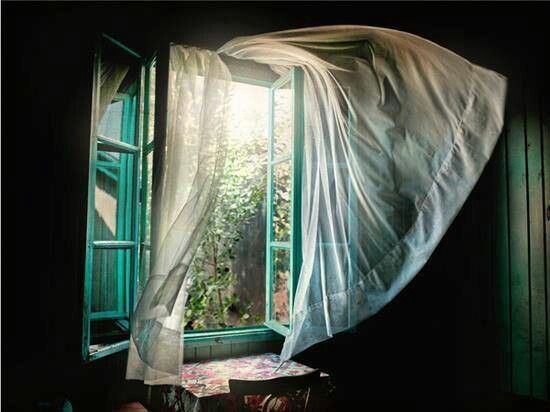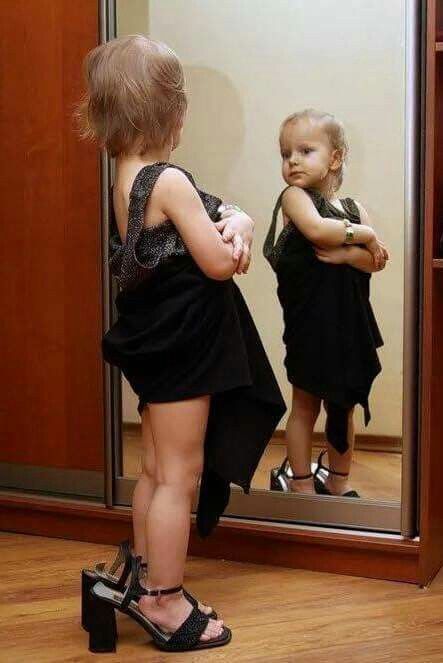The activation of Kundalini signals the start of a spiritual healing process that aims to restore you to a balanced and harmonious state.
This journey of transformation represents a normal part of our evolutionary unfolding and signifies the move from an ego-centric state of consciousness to a “God” or heart-centric state of consciousness.
In order to restore balance & harmony, Kundalini brings us face-to-face with our dis-ease.
Fear, denial, ignorance, jealousy, gossiping, fighting, philandering and general betrayals of the self, along with suppressed emotion, unintegrated trauma, ancestral wounding and societal/cultural conditioning are “purged” from the bodymind system.
Restoring the integrity of our being by emptying ourselves of the self-serving ego and integrating our shadow aspects is known by the Lakota as “becoming the hollow bone”. The cleaner the bone the more energy it can carry, with the cleanest ‘bones’ renowned for having the most spiritual power.
As healing processes go, Kundalini is immensely powerful and not to be approached lightly.
Without a context of understanding, the activation of Kundalini (which presents as very real physical phenomena) can be hugely disorienting & debilitating, especially if no prior preparation to strengthen the egoic container has been done.
Simply put, if your personal psychology is not in order, you can expect a bumpy ride!
It’s worth noting here that cultural influences also play a part in predicting the successful outcome of a spiritual initiation. This intense rite of passage is largely misunderstood in Western culture due to the ancestral severing of our relationship to spirit. In indigenous communities, however, where connection to spirit remains strong, it is more widely recognised, understood, honoured & supported.
Without adequate support and the development of key qualities/skills necessary for navigating what is essentially a ‘death’ process, a failed initiation is almost certain. Blowing holes in one’s psyche before it is ready to be disassembled can give rise to serious psychological distortions.
Attempting to abort the process of transformation only leads to intensifying suffering and I have personally witnessed and worked with people suffering from post-traumatic stress as a result of the premature activation of Kundalini, or their futile attempts to shut it down.
As an aside, I haven’t yet encountered anyone who has successfully halted a Kundalini awakening without the aid of psychiatric medication. And even then, all that really happens is that Kundalini lays dormant under layers of new suppression & denial threatening to spring forth later but in far uglier and more complex ways that require more disentangling than was initially demanded.
My advice, therefore, in answer to this question is to eradicate any notion of reversing your spiritual awakening. Instead, find ways to work with it instead of against it.
Accept your present situation as your new normal.
Find a good therapist or spiritual teacher who can guide you accordingly and bear witness to your healing.
Work on developing an inner cosmology alongside essential qualities & skills integral to the process of transformation. You can find these here.
Focus your attention on being more embodied, not less. Spend time in nature, eat meat & earthy vegetables, swim in the sea/lake, exercise daily, dance, sing, pray and cultivate self-love.
Embrace Kundalini and you will be well on your way to a successful liberation.


































